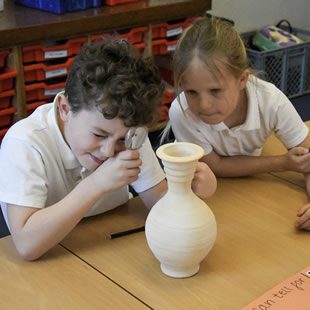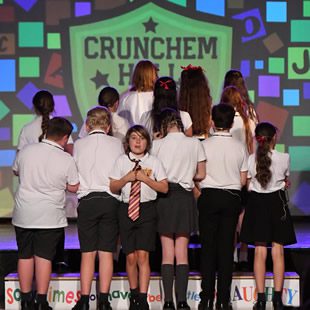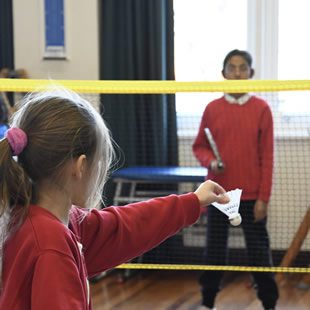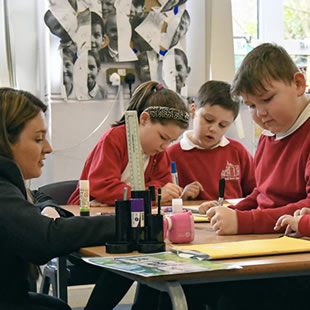Science
At Mayhill Junior School we want our children to be naturally curious, using their critical thinking skills to scientifically enquire more about the world around them. At Mayhill all children will experience a rich and stimulating scientific curriculum, linked to class topics, that builds on prior learning. At Mayhill, we have a robustly structured curriculum that ensures children can make links between phenomena studied across the whole of KS2. We want our children to have a broad vocabulary; scientific language is taught and continued through a child’s journey in Mayhill Junior School as topics are revisited or built upon in subsequent year groups.
We are committed to providing a strong sense of working scientifically skills; acquiring specific skills and knowledge that help them to think and act in a scientific manner; questioning, observing, predicting, experimenting and concluding. In every lesson these skills are revisited, repeated or developed in increasing depth to promote confident, independent learners in science. Mayhill Junior School ensures every child, regardless or ethnic origin, gender, class, aptitude or disability can work scientifically. This is achieved with a carefully tailored curriculum, differentiated resources and retention activities therefore every child can feel successful in science.







